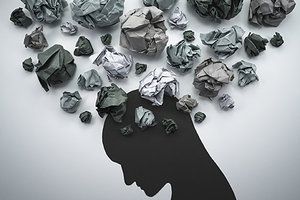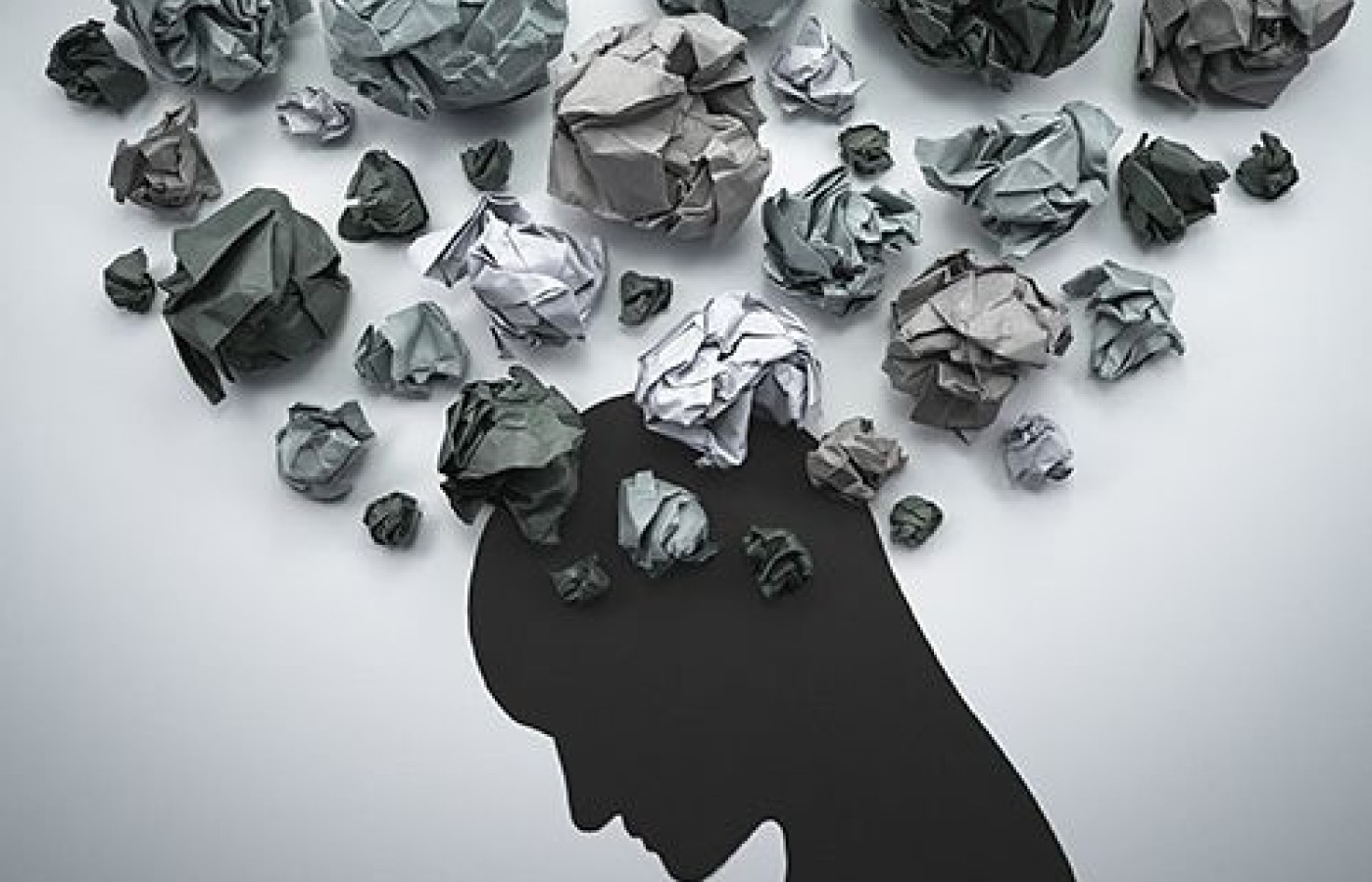Whether you accept it, avoid it or live somewhere in between, insurance coverage has become a defining issue for our profession. Patients increasingly expect to use their benefits, practitioners want to be compensated fairly for their time and expertise, and the system itself remains – at best – fragmented. The encouraging news is that coverage has expanded in meaningful ways. The challenging news is that reimbursement, across the board, remains inadequate.
Strategies for Mental Health Treatment: The Importance of the Luo Vessels
Mental health is a major interest of mine as an acupuncturist. I feel it's one of the major contributions our medicine can make to contemporary society. Mainstream mental health aids are primarily focused on either antidepressants or calming-stabilizing agents. However, treatment to strengthen a person's mind and willpower is centered around talk therapy and support groups. Chinese medicine possesses a tremendous capacity to not only calm and stabilize, but also to strengthen psychologically and physiologically.
The Power of the Spleen
We can best support mental health through a strategy that encourages catharsis and strengthening capacity to change one's thoughts and experiences. Acupuncture is capable of much more than just "calming the shen-mind." Developing the ability to let go of negativity and obsession, and choose thoughts that empower, rather than harass, is the path to sustained health after the initial crisis stages. This is achieved chiefly by working with the spleen and its ability to nourish the heart and lungs.
"Opening the portals" (senses) and resolving "phlegm" while also strengthening the transformative and transportation capacity of the spleen helps a person develop the capacity to deal with their thoughts and experience so they can manage themselves moment to moment.

Confucian philosophy views mental illness as rooted in a weak spleen, causing the habituation of maintaining improper thoughts. In this sense, mental health is more about the thinking process than the emotions. The liver and heart are used to stabilize and calm initial crisis stages and emotional upheaval, while the spleen and lungs (as supported by the kidneys) are the focus for long-term mental health. These three organs comprise the Triple Heater (San Jiao) system: the body's capacity to transform, transport and sustain itself. It also manages the ability to detox and eliminate so the body won't accumulate.
There are two major points of view within classical Chinese medicine. The strategy attributed to the Nei Jing is to detox and clear first, and tonify and build after. On the other hand, the Nan Jing strategy prefers to build and strengthen a person before detoxing them.
Working With the Shen-Mind
The Imperial Medical Academy (Tai Ping), which attempted to synthesize and standardize the many ideas of Chinese medicine, developed a strategy for working with the shen-mind. The primary focus is working with the blood through nourishment and invigoration. This strategy is combined with calming of the shen. The second part of the IMA strategy involves "strengthening the spleen" and its capacity to transform and transport.
To "strengthen" is not the same thing as tonification, but rather focuses on eliminating factors that have weakened and inhibited the spleen's function. It is like getting rid of the distractions and harmful behaviors damaging the mind in the first place. Such factors are usually dampness, phlegm or stomach fire that inhibits or consumes spleen qi.
The rest of the IMA's strategy involves clearing heat and nourishing yin to ensure ongoing stability, as well as harmonization of the central organs (the spleen, stomach and liver) to maintain proper transformation via digestion.
The strategy of the Imperial Medical Academy appears most influenced by the Nan Jing tradition via its emphasis on tonification and nourishment instead of purging. However, the focus on blood chiefly in terms of treating the shen is significant.
Assessing The Luo Vessels
The major acupuncture channel system that deals with blood circulation are the Luo Vessels. The strategy implied by the Ling Shu in its discussion of the Luo Vessels places much emphasis on the lungs and spleen.
The first criteria for assessing the Luo Vessels is by measuring the lungs' capacity to diffuse their qi. This shows if a person possesses sufficient capacity to detox and let go of physical waste material, as well as mental and emotional stress. If the lungs are unable to diffuse their qi, this suggests the Luo Vessels will become active as a channel system.
The Luo Vessels are not physiological in their function, but rather act as holding vessels for unresolved pathological material. They "fill" via the blood capillary system of the body when a person lacks capacity to let go of something via catharsis. Toxins, be they physical or mental-emotional, embed themselves in the blood as blood stasis, expressing themselves as obsessions, fixations or mental-emotional deficiencies that challenge the willpower and ability to remain focused and animated.
When the Luo Vessels reach a point of saturation, they can "empty," whereby they generate phlegmatic conditions whose nature becomes more unconscious, insidious and lurking. Blood stasis fixations tend to possess more conscious awareness than phlegmatic stagnations, which tend to become more mysterious and unconscious. Both types of stagnations can create shen disturbance or mental health issues.
To work with the blood (and phlegm fluids in many cases) one must honor the principle of "Sheng Hua," which advises that moving a stagnation also requires nourishing or tonifying, often simultaneously. This principle is acknowledged by the Imperial Medical Academy in its treatment strategy for treating mental health.
Treating the Vessels
The Luo Vessels are classically treated primarily through a detoxification, clearing approach. Luo points and blood varicosities are lanced or plum blossomed to express a small amount of blood. Afterward, the blood is "harmonized" by needling the acupuncture point located just above the He-Sea point of the associated primary channel.
If nodules, cysts or lipomas exist along the trajectory of the Luo Vessel, they are classically needled or lanced with moxibustion. Often, tonification of the associated acupuncture channel via the Yuan-Source point is added, showing the condition has become phlegmatic, creating deficiency.
The Luo Vessels teach us to look at the progression of stagnations within the body. Stagnations occur when the lungs lack proper capacity to let go and detoxify. The lungs receive their qi from the spleen, which is supported by the kidneys.
The spleen is acknowledged as an important aspect of the Luo Vessel system via its trajectory, which is said to enter into the organs of the stomach and intestines. The root of lung qi and the capacity to diffuse, detox and let go is therefore based on the spleen.
The first three steps to the treatment strategy presented by the Imperial Medical Academy for mental health indicate the Luo Vessels as primary. These vessels intrinsically work on the blood and calm the shen, satisfying the first three steps of the strategy. They secondarily "strengthen the spleen" and impact the digestive system via "harmonization," especially through the link with the stomach and intestines via the spleen's Luo Vessel.
While also highly effective in clearing heat, the Luo Vessels are not as strong with nourishing yin, therefore indicating either the primary channels (especially via the source points) or Extraordinary Vessels as necessary additions to meet the IMA strategy.



